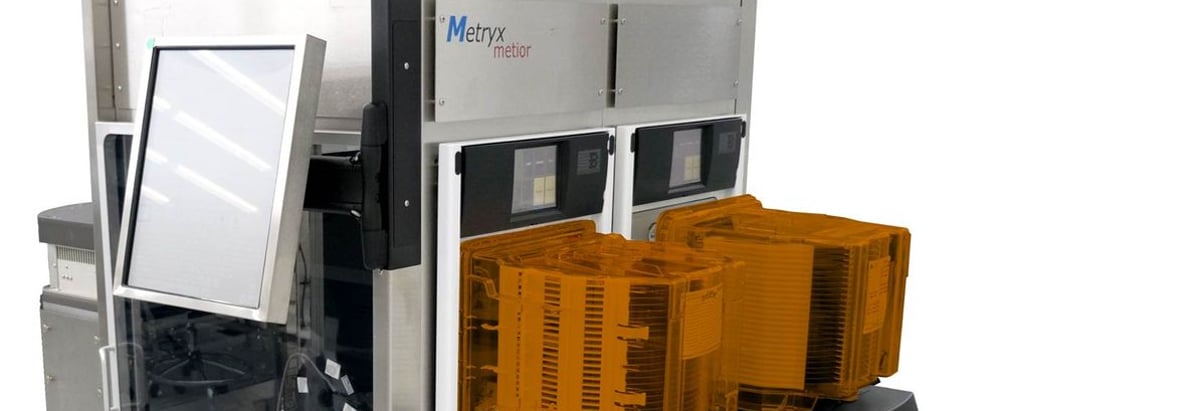- United States
- /
- Semiconductors
- /
- NasdaqGS:LRCX
How Does Lam Research's (NASDAQ:LRCX) P/E Compare To Its Industry, After The Share Price Drop?

Unfortunately for some shareholders, the Lam Research (NASDAQ:LRCX) share price has dived 37% in the last thirty days. The stock has been solid, longer term, gaining 19% in the last year.
All else being equal, a share price drop should make a stock more attractive to potential investors. While the market sentiment towards a stock is very changeable, in the long run, the share price will tend to move in the same direction as earnings per share. The implication here is that long term investors have an opportunity when expectations of a company are too low. Perhaps the simplest way to get a read on investors' expectations of a business is to look at its Price to Earnings Ratio (PE Ratio). Investors have optimistic expectations of companies with higher P/E ratios, compared to companies with lower P/E ratios.
See our latest analysis for Lam Research
Does Lam Research Have A Relatively High Or Low P/E For Its Industry?
We can tell from its P/E ratio of 15.17 that sentiment around Lam Research isn't particularly high. If you look at the image below, you can see Lam Research has a lower P/E than the average (22.9) in the semiconductor industry classification.

This suggests that market participants think Lam Research will underperform other companies in its industry. Since the market seems unimpressed with Lam Research, it's quite possible it could surprise on the upside. If you consider the stock interesting, further research is recommended. For example, I often monitor director buying and selling.
How Growth Rates Impact P/E Ratios
P/E ratios primarily reflect market expectations around earnings growth rates. When earnings grow, the 'E' increases, over time. And in that case, the P/E ratio itself will drop rather quickly. And as that P/E ratio drops, the company will look cheap, unless its share price increases.
Lam Research shrunk earnings per share by 23% over the last year. But over the longer term (5 years) earnings per share have increased by 26%.
A Limitation: P/E Ratios Ignore Debt and Cash In The Bank
The 'Price' in P/E reflects the market capitalization of the company. So it won't reflect the advantage of cash, or disadvantage of debt. Hypothetically, a company could reduce its future P/E ratio by spending its cash (or taking on debt) to achieve higher earnings.
Such spending might be good or bad, overall, but the key point here is that you need to look at debt to understand the P/E ratio in context.
How Does Lam Research's Debt Impact Its P/E Ratio?
Since Lam Research holds net cash of US$278m, it can spend on growth, justifying a higher P/E ratio than otherwise.
The Bottom Line On Lam Research's P/E Ratio
Lam Research has a P/E of 15.2. That's higher than the average in its market, which is 12.7. The recent drop in earnings per share would make some investors cautious, but the net cash position means the company has time to improve: and the high P/E suggests the market thinks it will. Given Lam Research's P/E ratio has declined from 24.1 to 15.2 in the last month, we know for sure that the market is significantly less confident about the business today, than it was back then. For those who don't like to trade against momentum, that could be a warning sign, but a contrarian investor might want to take a closer look.
Investors have an opportunity when market expectations about a stock are wrong. People often underestimate remarkable growth -- so investors can make money when fast growth is not fully appreciated. So this free visualization of the analyst consensus on future earnings could help you make the right decision about whether to buy, sell, or hold.
But note: Lam Research may not be the best stock to buy. So take a peek at this free list of interesting companies with strong recent earnings growth (and a P/E ratio below 20).
If you spot an error that warrants correction, please contact the editor at editorial-team@simplywallst.com. This article by Simply Wall St is general in nature. It does not constitute a recommendation to buy or sell any stock, and does not take account of your objectives, or your financial situation. Simply Wall St has no position in the stocks mentioned.
We aim to bring you long-term focused research analysis driven by fundamental data. Note that our analysis may not factor in the latest price-sensitive company announcements or qualitative material. Thank you for reading.
About NasdaqGS:LRCX
Lam Research
Designs, manufactures, markets, refurbishes, and services semiconductor processing equipment used in the fabrication of integrated circuits.
Outstanding track record with flawless balance sheet and pays a dividend.
Similar Companies
Market Insights
Community Narratives



